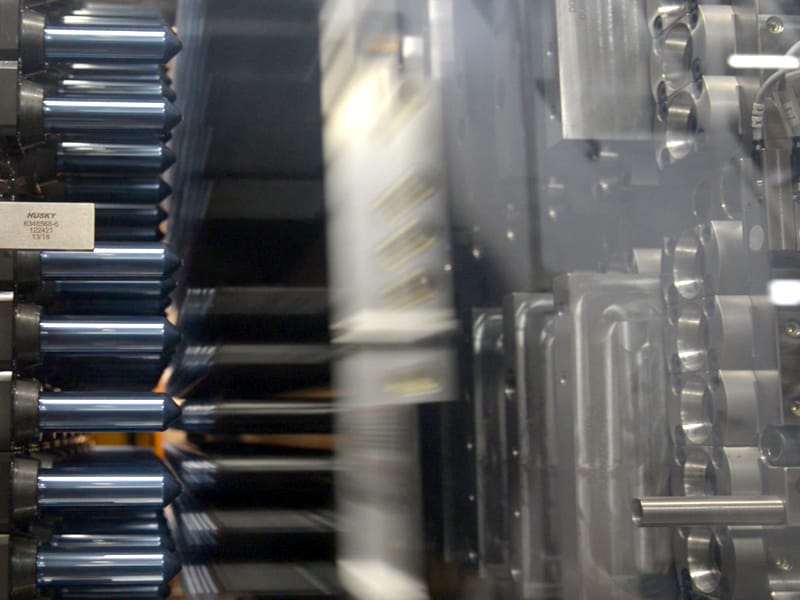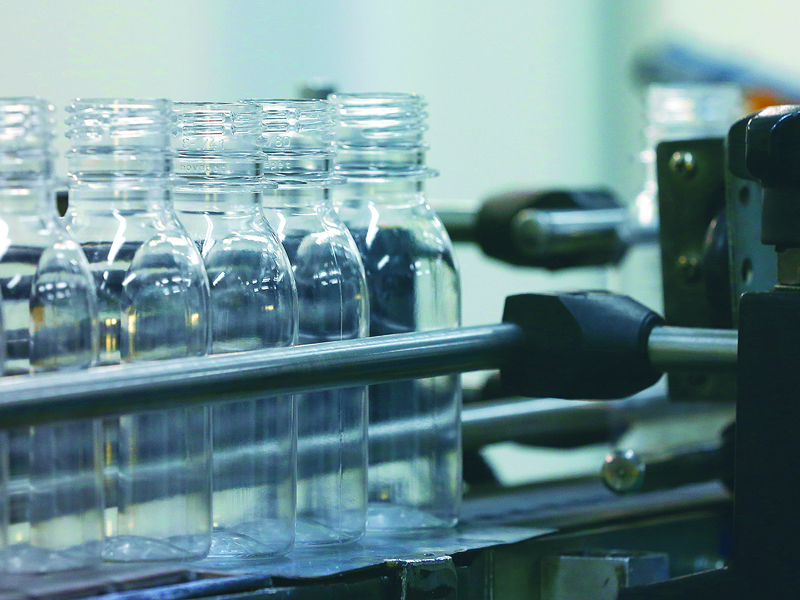Polymerization plants
From the beginning, Novapet® has carried out a large industrial investment program with the aim of modernizing, expanding and diversifying all its activities, being a leader in adaptation and anticipation in the PET market.
The constant investment has a direct impact on our productive capacity, reaching 260,000 tons annually, with industrial plants that have productive technologies with the highest qualities of the market:
Discontinuous post-condensation industrial plant PO Batch Teijin + SSP Polymetrix. With a productive capacity of 30,000 tons per year, it is dedicated principally to the manufacturing of specialities.
Polymerization plant CP TechnipFMC-Zimmer + SSP Polymetrix. With a productive capacity of PET resin of 100,000 tons annually.
Polymerization plant CP TechnipFMC-Zimmer + SSP Polymetrix. With a productive capacity of PET resin of 130,000 tons annually.
Polymerization plant SSP Batch Protec.
This productive technology has taken Novapet® to a leadership position, being the principal producer of PET resins of the Iberian peninsula, with an outstanding portfolio of products that offers more than 25 different items of resins and a wide variety of specialities, a rarity among PET producers.
All of Novapet’s® productive processes of are highly sustainable and this is shown by our ISO 14001 certification, which Novapet® holds with regard to control and measurement of emissions and effluents, monitoring and minimization of generated waste.
In addition, Novapet® operates its own Industrial Wastewater Treatment Plant (IWPT) consisting of two aerobic membrane biological reactors (MBR) that lower the total organic load of all the water from Novapet’s® productive processes, with a chemical oxygen demand (COD) of approximately 10,000 ppm.
Certified with the ISO 50001 standard for energy efficiency, Novapet® applies 4 MW recovery processes, through the exhaust gases from NG cogeneration engines, for the heating of thermal fluid in the polymerization process. In addition, it has three EFSA authorizations in progress, which will make possible in a short time a total rPET production capacity with post-consumption material higher than 100,000 tons per year.
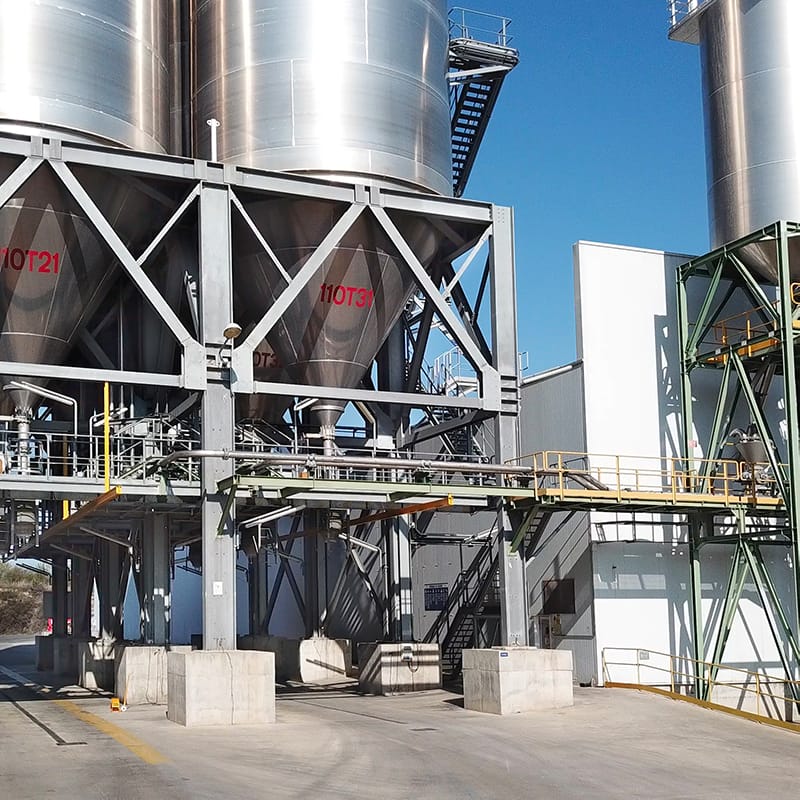
Our productive capacities are, without a doubt, the result of the excellent quality control to which all our polymerization processes are subjected.
All of the Novapet® industrial plants are controlled by means of Distributed Control Systems (DCS), where 100% of the information from the different equipment and processes is collected. In this way, we have optimal telematic management that makes it possible to know in real time the parameters of the industrial equipment, as well as to make immediate decisions to adjust and optimize this process.
At Novapet®, we work with Industry 4.0 systems by means of mobility applications that permit inspection and monitoring in the field of processes and workers. Specifically, Novapet® uses the Honeywell industrial tool (formerly Movilizer), one of the best on the market. Specifically, Novapet® uses the Honeywell industrial tool (formerly Movilizer), one of the best on the market.

In parallel, Novapet® carries out a continuous sampling plan and analysis of raw materials and manufactured products, which ensures the quality of the properties in the different resin items that Novapet® has in its portfolio.
All this is managed through a specific laboratory program (LIMS), where 100% of the raw material transport units that arrive at our installations are analysed before being unloaded. Likewise, analyses are conducted on intermediate products, but the real control takes place in the fundamental parameters such as the intrinsic viscosity and the acetaldehydeof all our final products.
This quality management of the productive process in the three stages gives us excellent vertical integration with our injection department, supplying information and knowledge of the resin that is consumed, which other transformers do not have.
Injection plants
To speak of injection processes is to speak of integration. Novapet’s® injection plant is 100% integrated within our productive chain and PET transformation. It is here where our resins acquire value in preform formats, so that our clients can transform them in high-quality containers, capable of preserving their products in optimal conditions.
The synergies existing between the different stages of PET transformation and production: polymerization, injection and the logistical operation of our plants, constitute one of the principal competitive advantages of Novapet®, and they can be produced in the safest, most effective and efficient way, considerably reducing the use of resources and energy consumption.
The direct supply of PET in an integrated plant such as the injection plant, is key for obtaining a level of quality appropriate for the requirements of our clients and of the market. Quality begins to be generated in the design of our preforms and ends being transformed in our injection plant.
Novapet’s® excellence is the result of a clear commitment to technological innovation in manufacturing equipment and installations and in control that positions us at the forefront of the sector.
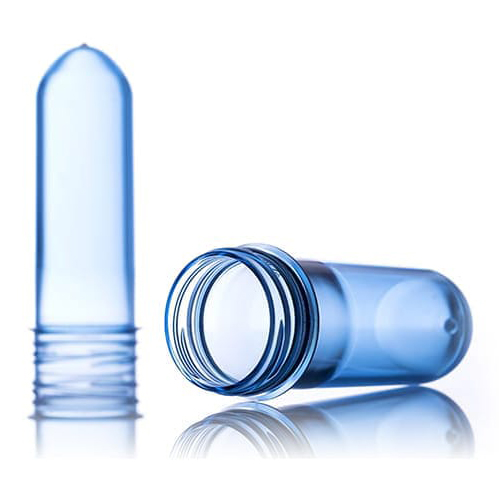
Our injection productive capacity underwent a noticeable increase in recent decades, thanks to the new preform injection plant that, since the year 2016, went from 13,500 T of preforms per year to the current figures that are around 60,000 T per year.
In our installations, equipped with the highest productive technologies of the market (Husky and Netsal), we have 14 PET injection lines and a great diversity of moulds, all of them interchangeable with each other and capable of working in very short cycle times. This gives all our injectors excellent productive flexibility.
Novapet® is synonymous with safety. We have an advanced statistical control system and management software that lets us make decisions quickly and effectively. Designed by our engineers, it provides absolute control of the principal parameters of the injection process, from the drying of the resin to the colour of the preform, anticipating potential failures or deviations before they can affect the quality of the final product.
Our productive processes would not be the same without the exhaustive quality controls to which they are periodically subjected.
Among many other certificates, we hold the Food Safety System Certificate (FSSC22000), which ensures the highest standards of food quality and safety existing in the market. In the same way, we are backed by strict audits by certifying agencies such as the Institut Fresenuis, the American Institute of Baking, also known as the AIB International. In addition, in our installations we have the latest generation of automated artificial vision systems.
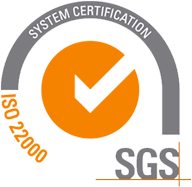
Our injection plants have five rotating shifts of highly specialized personnel, who work on a 24-7-365 model. They are all subject to continuous training in the operation and in the use of the latest technologies of the sector.
Our management and control system of the indicators in our injectors provide, in real time, a precise view of what is occurring at every instant of the process, thus optimizing the use of productive resources.
Each one of our employees are key pieces in the value chain. The human team is permanently aligned with the evolution of the business thanks to the information centres for employees. And this is synonymous with the most absolute involvement.
Blowing plants
At Novapet® we integrate the entire PET value chain, from the chemistry of the material, to the materialization of our innovative activity in a specific container that fulfils the industrial, technical and cultural needs of each client.
This is why our affiliate Novapet® Envase (NOVEN) is the one that has registered greater growth in recent years through its two blowing plants in Barbastro (Huesca) and in Fuenlabrada (NOVEN Farmaplás), serving finished containers to markets such as those of dairy, edible oil, wine and liqueurs, vinegar, salsas, cosmetics and toiletries, household products, pharmacy and parapharmacy products.
On many occasions, NOVEN’s activity serves to extend the markets of PET as a material to new sectors in which its presence is not traditional, but in which it can offer important advantages of lightness, resistance, transparency and complete recyclability.
